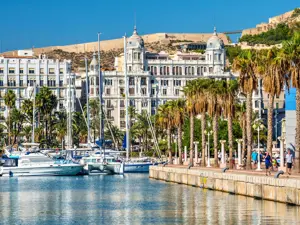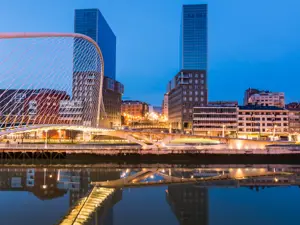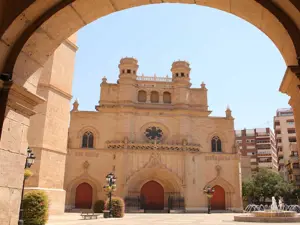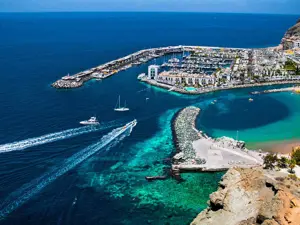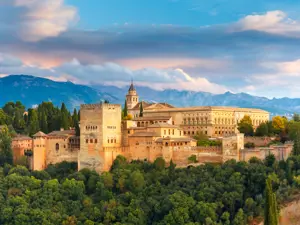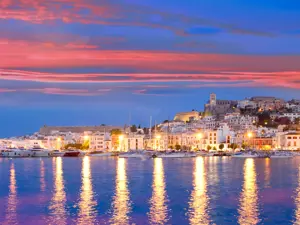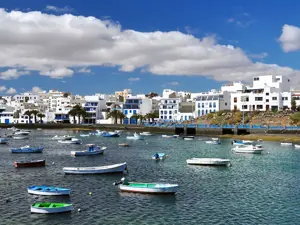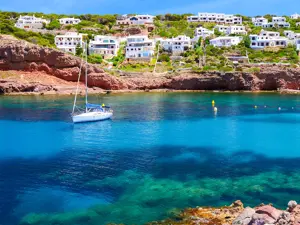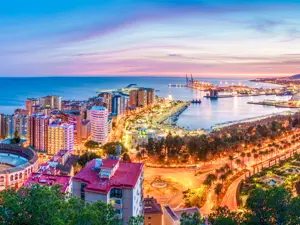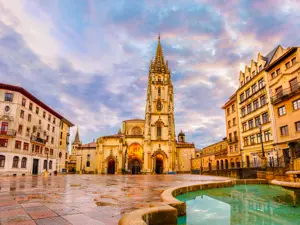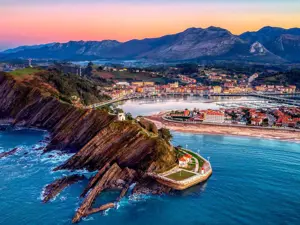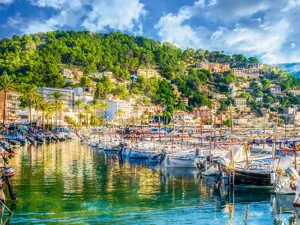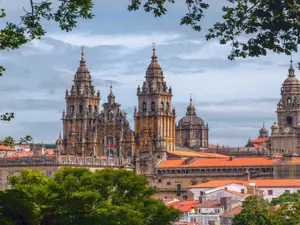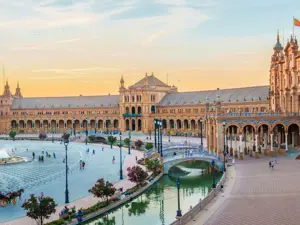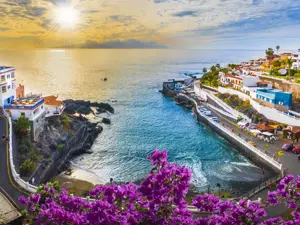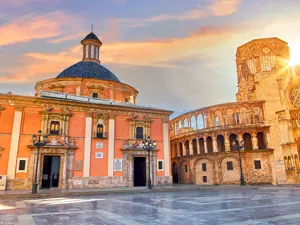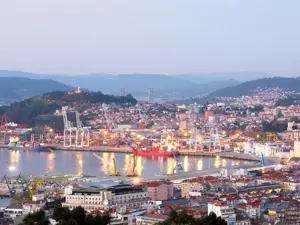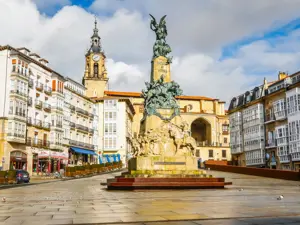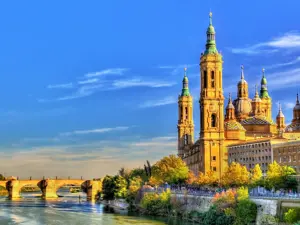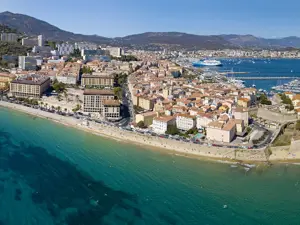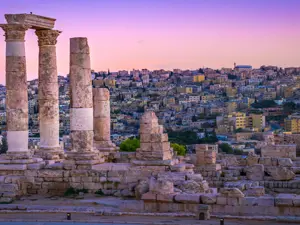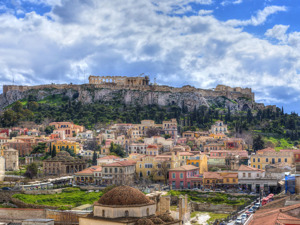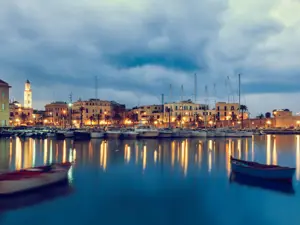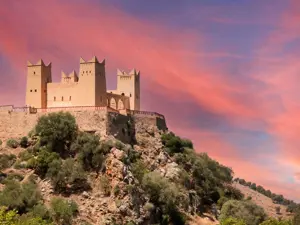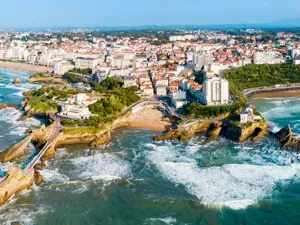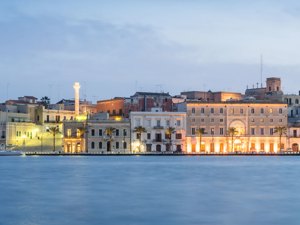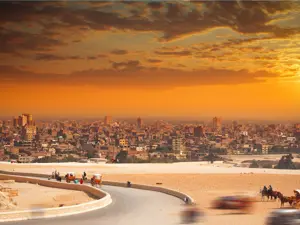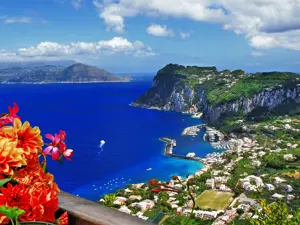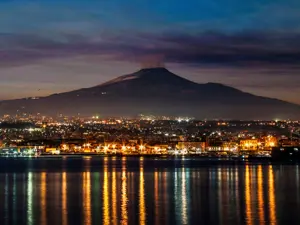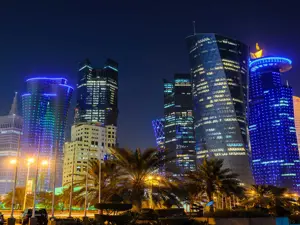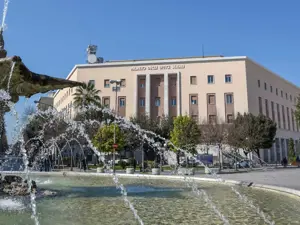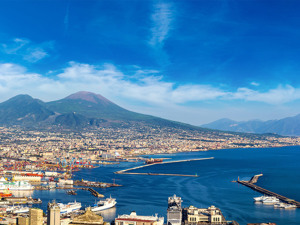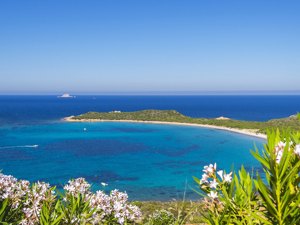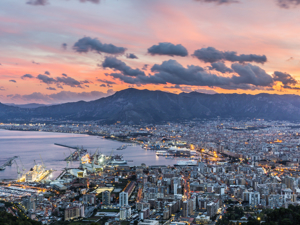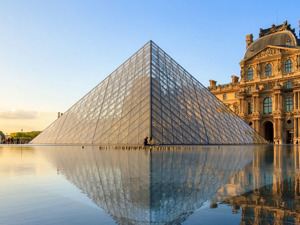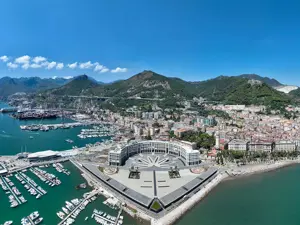The capital of Cantabria
Santander is the capital of Cantabria, a region in the north of Spain between Portugal and the Basque Country, with 400 km of golden sandy beaches that are interspersed with dense eucalyptus woods, wild forests, gentle hills, mosaics of cultivated fields and a range of high mountains, the Picos de Europa, accessible thanks to the Fuente Dé cable car.
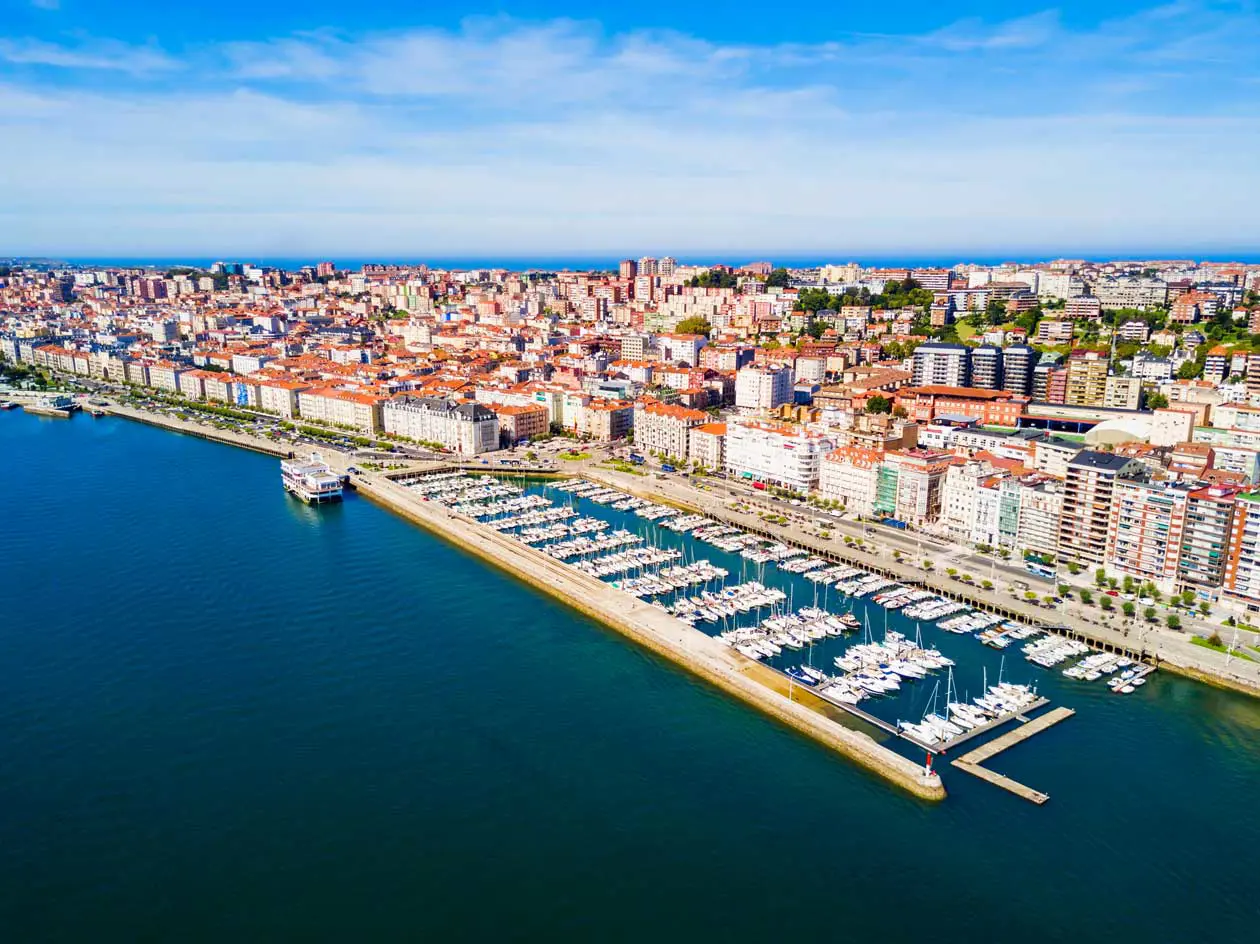
The Bay of Santander is golden with the last rays of the sun that plunges into the Atlantic Ocean. The day comes at sunset and the city comes alive with people who want to enjoy a stroll along the elegant promenade or wander among the narrow streets of the seaside town. The sunset lights up the windows of the bow windows that overlook the marina and the ferry to Plymouth, England, is ready to leave the port.
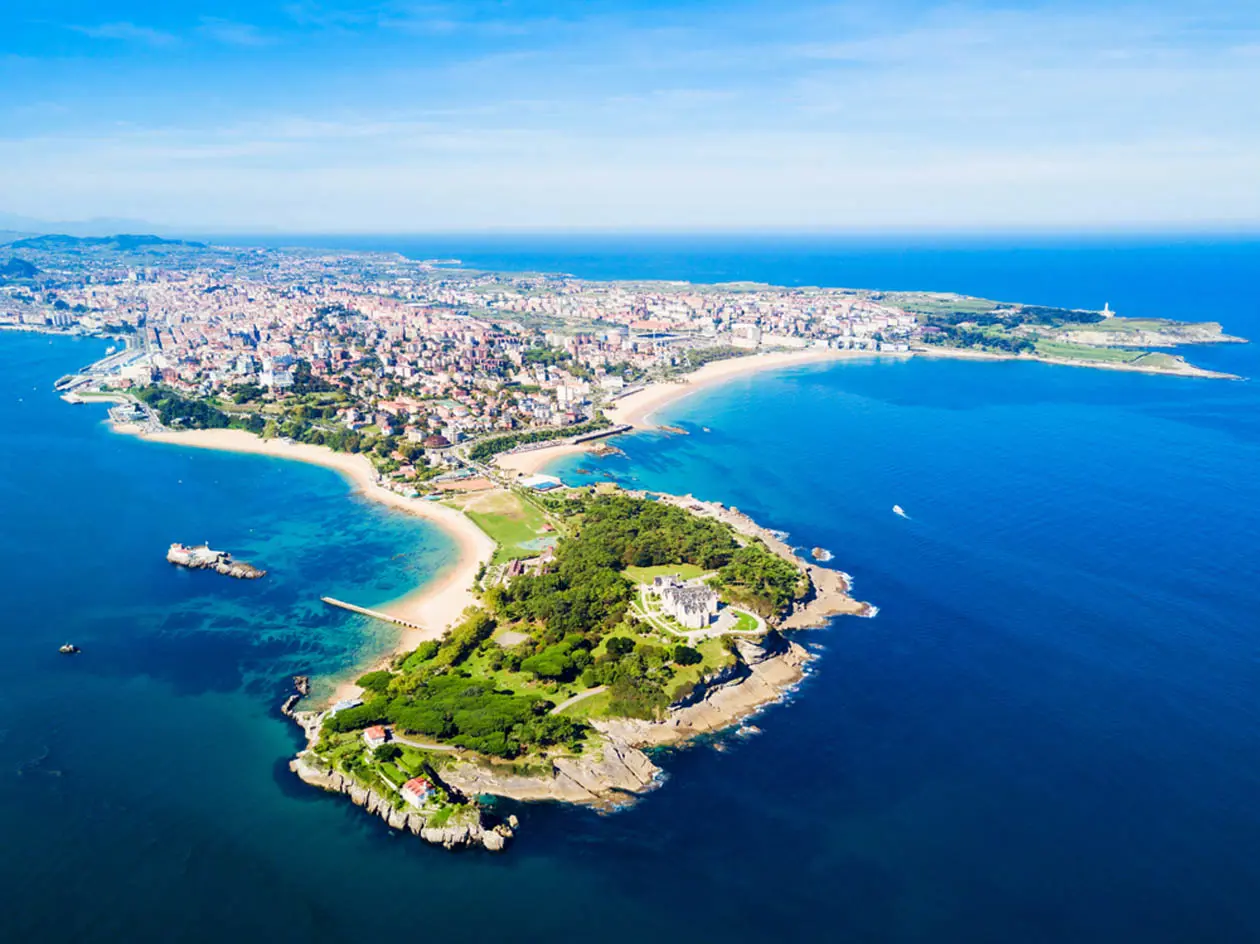
The highest peak, Torre Cerredo 2648 m, sits in the centre of the range. Numerous glaciers formed this dome, which is as shiny as a diamond and visible from the ocean. The 900 square kilometres of these mountains contain the highest density of artisan cheese makers in Europe, whose delicious products are sold in the markets of towns in the valleys.
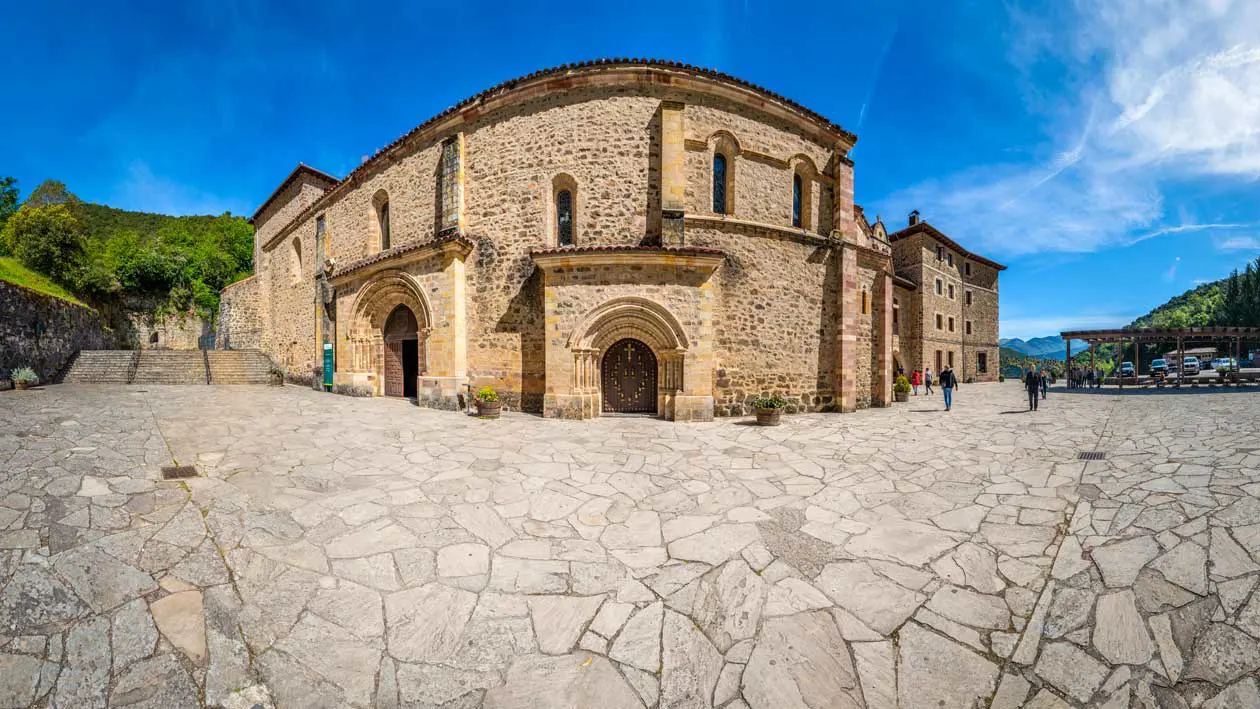
At the foot of Los Picos stands the eighteenth-century San Toribio de Liébana Monastery, an important destination for pilgrims to Santiago de Compostela because of its gold and silver cross that houses a piece of wood from the Cross of Jesus, the “Lignun Crucis” or Vera Cruz.
This relic has attracted pilgrims since the Middle Ages, and in 1512 Pope Julius II decreed that the Monastery of Liébana should be a place of plenary indulgence for the forgiveness of sins. A privilege shared with only three other places in the world: Jerusalem, Rome and Santiago de Compostela.
The Altamira Caves
An equally spiritual aura envelops the Altamira Caves, at 156 m above sea level and three kilometres from Santillana del Mar, discovered by chance in 1879. These natural caves were occupied by the first homo sapiens sapiens who arrived from Africa on the slopes of the Cordillera Cantabrica. The cave chosen by the artists of that time is 270 metres long and the entire walls are painted with herbivore animals of the Pleistocene era (bison, deer, oxen, horses).
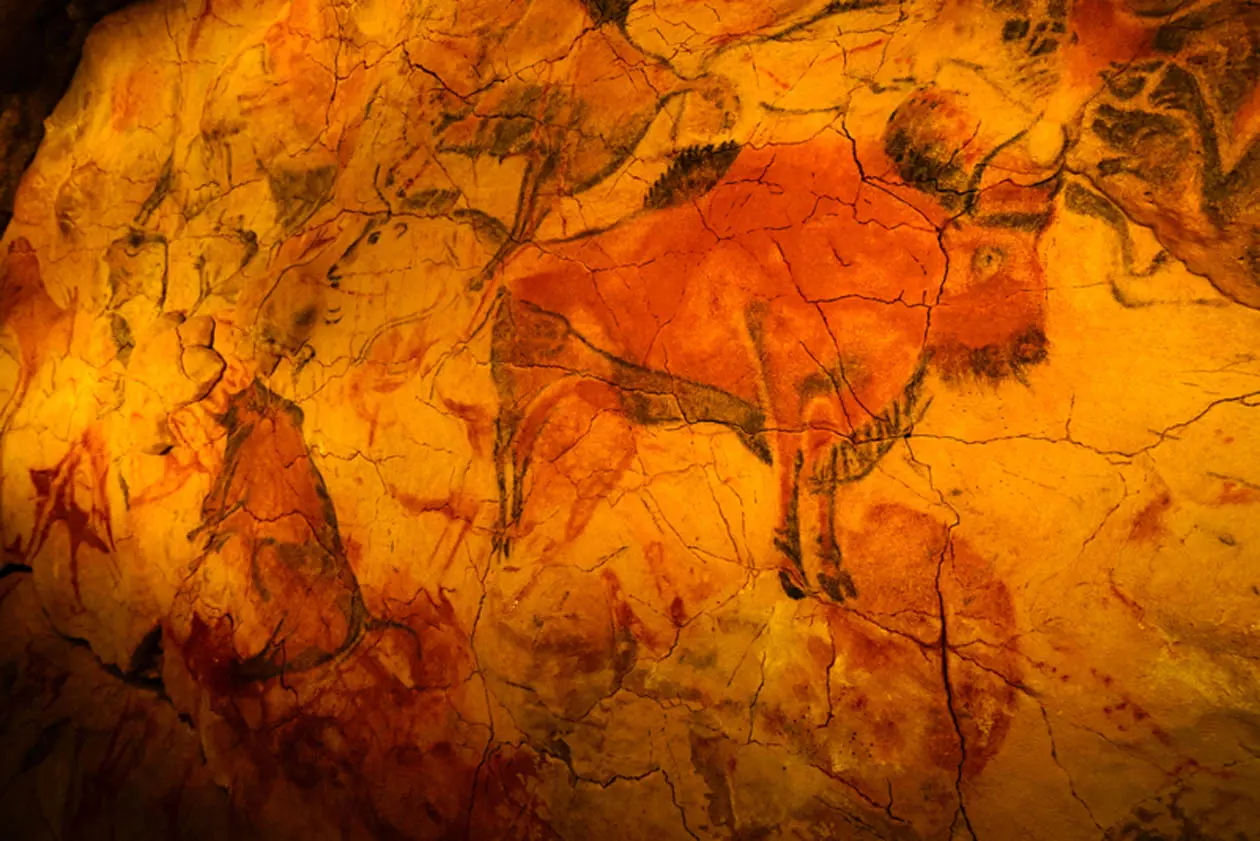
The cave was closed to the public in 1977, but a perfect copy of the original cave has been constructed, also below ground, in which tourists can relive the past of our Palaeolithic ancestors through perfectly reproduced images and an educational museum. Altamira is just one of some sixty caves in Cantabria with Palaeolithic rock art.
And after visiting what is known as the “Sistine Chapel of Prehistoric art”, another wonder of nature, the Soplao Cave, is also highly recommended. This cave is one of the 6,500 most important caves in Cantabria from a geological point of view. Amber, the resin of the Cretaceous era which often traps small living creatures, flowers and pollen, has been found here.
The el Soplao Cave is located in Sierra del Escudo di Cabuérnica at 540 metres above sea level and extends for 12 kilometres into various galleries: los Fantasmas, Gorda Componento and Lacueva.
The el Soplao Cave is located in Sierra del Escudo di Cabuérnica at 540 metres above sea level and extends for 12 kilometres into various galleries: los Fantasmas, Gorda Componento and Lacueva.
A tour of the caves is taken by train, and there are two different routes. The first is 1.2 km long and is an easy tourist route without obstacles - it is however not open to children under six years of age - and the second is a “cave adventure” for speleologists and the more adventurous (not open to children under 16 years old).
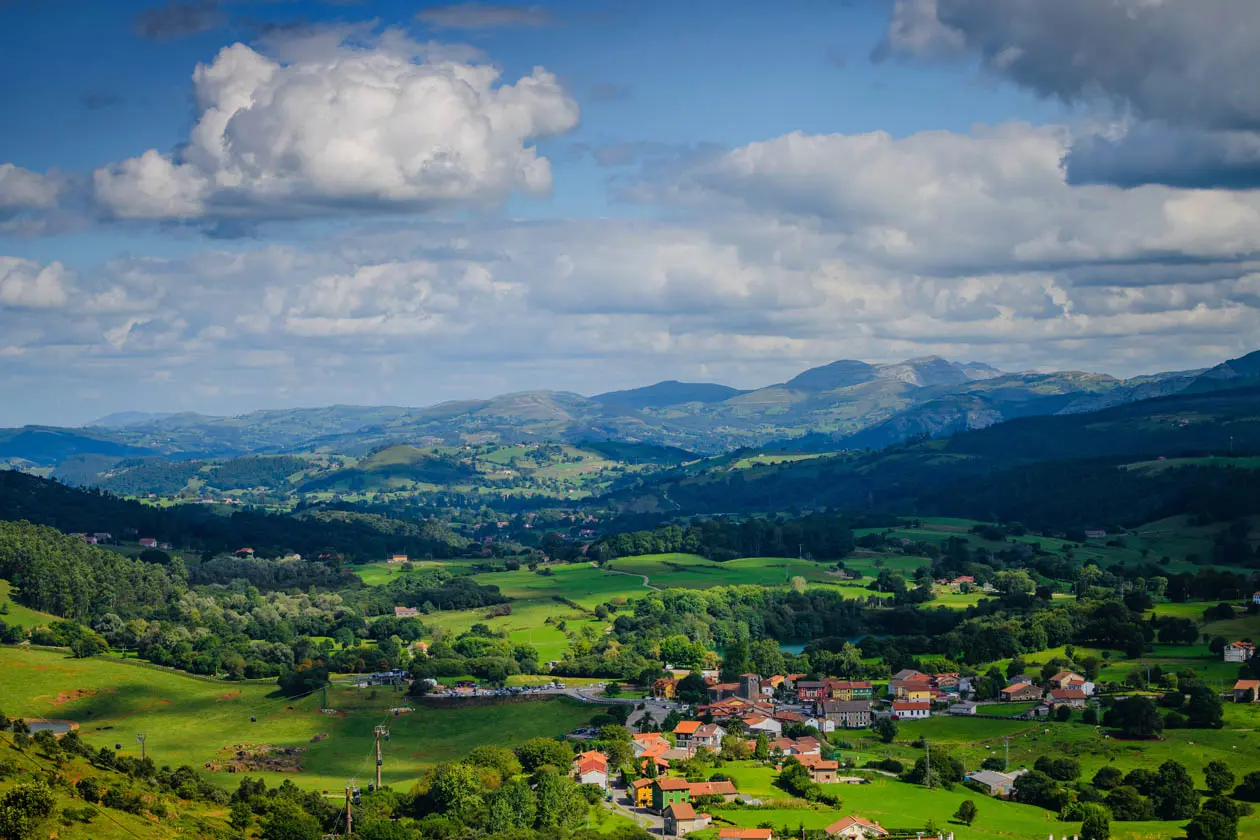
Another unique place about an hour from Santander is the Cabàrceno Nature Park with its lunar landscape and ochre coloured rocks. In an area of 750 hectares, specific habitats have been created for thousands of animals belonging to 114 species.
Text by Pia Bassi
Updated by Alisè Vitri
Avion Tourism Magazine
Photos: Copyright © Sisterscom.com / Shutterstock / Depositphotos
Reproduction reserved.
Photos: Copyright © Sisterscom.com / Shutterstock / Depositphotos
Reproduction reserved.
Tourism Board
turismo.santander.es
www.spain.info
www.turismodecantabria.com
www.spain.info
www.turismodecantabria.com
Partnership with Booking.com
Where to sleep in Santander
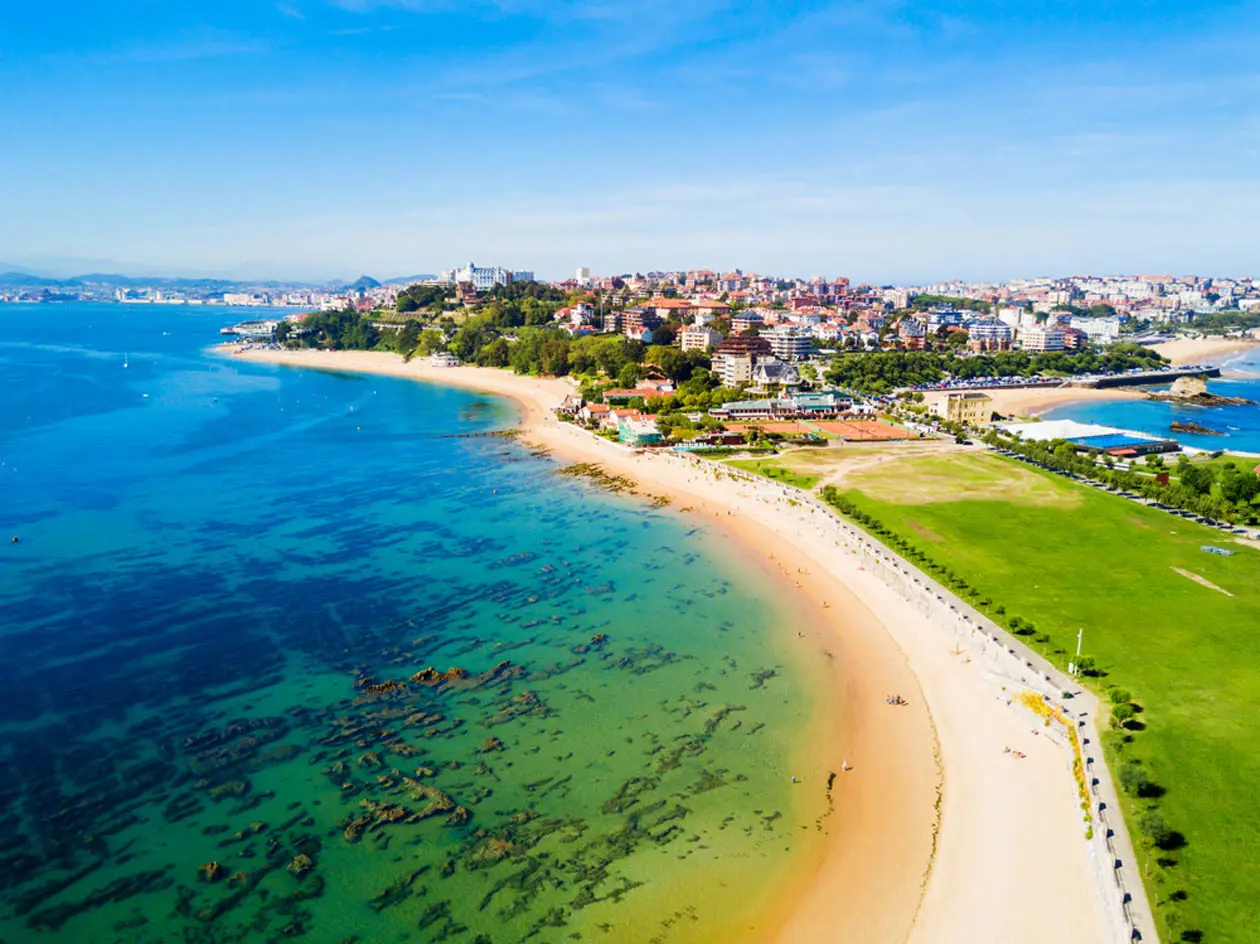
Photo:Copyright © Sisterscom.com, Shutterstock
Santander is a welcoming city and offers different possibilities for accommodation.
To find the ideal hotel and the best offers you can do a search for the stars but also for districts, beaches or landmarks.
DISTRICTS
Hotels in the districts
LANDMARKS
Hotels in tourist areas
AIRPORT
Hotels near the airport
where to go in santander
Monuments and attractions of Santander
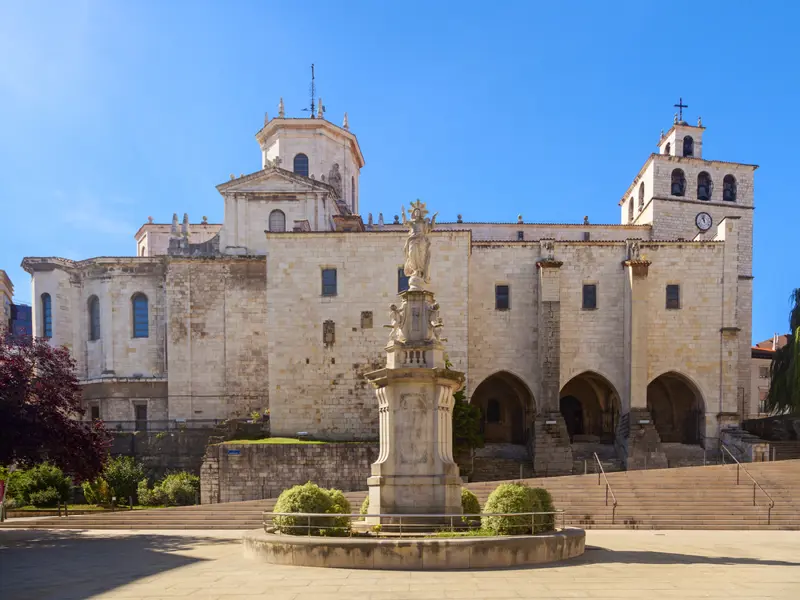
NUESTRA SENORA DE LA ASUNCION CHURCH
The building of the Nuestra Senora de la Asuncion Church of Santander has three naves with four sections. The sanctuary has three polygonal chapels. The cross vault has ogival vaults on cross-shaped pillar columns. The lower section of the church dates from the early 13th century. The upper section of the church dates from the 14th century. The cloister is square with pointed arcades and dates from the 15th century. There is no decoration and inside houses the Mausoleum of Menéndez Pelayo, designed by Victorio Macho.
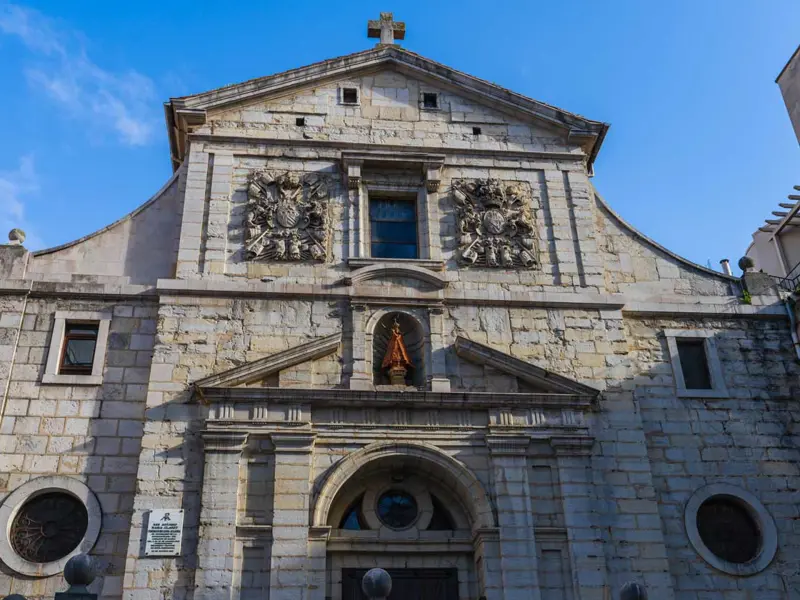
CHURCH OF THE ANNUNCIATION
The Church of the Annunciation, known as La Compañía, is one of the most significant historic religious buildings in Santander and was declared a Site of Cultural Interest in 1992. Visible from Juan de Herrera Street, it is located just a short walk from Plaza Porticada and was built in the early 17th century as part of a Jesuit complex. Following the classical model of the Italian Vignola, the building is an example of Renaissance architecture in the region, featuring a sober façade, a single navef nave, and side chapels.
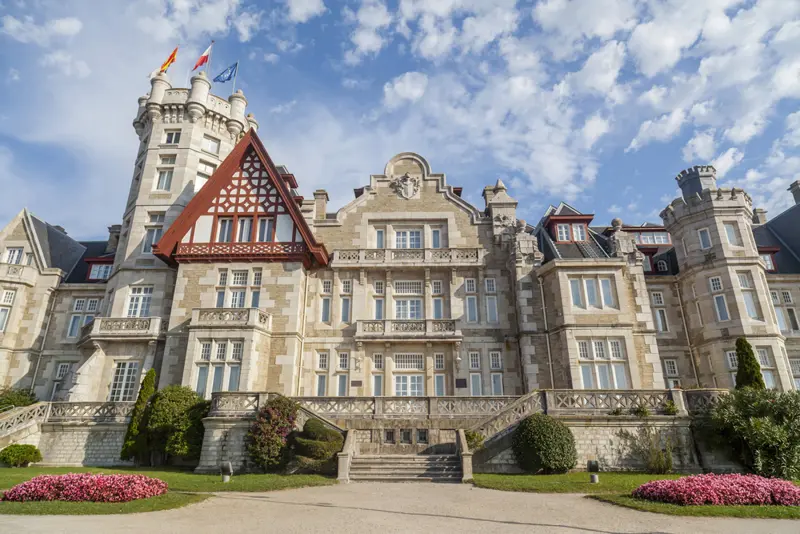
PALACIO DE LA MAGDALENA
The Palacio de La Magdalena of Santander is one of the city's tourist landmarks. It is located on the highest point of the Maddalena Peninsula, was designed by Gonzalo Bringas and Javier González de Riancho, and was the summer residence of King Alfonso XIII and Queen Victoria Eugenia. The palace can be visited and also hosts various events as well as summer courses for the Menéndez Pelayo University.

Copyright © Sisterscom.com, Shutterstock
PALACE OF SPORT OF SANTANDER
The Palace of Sports of Santander is a multifunctional building projecting over the Valley of Flames. Completely made of stainless steel with a glass enclosure sheet, has a total capacity of 6,000 people. Facilities include a tennis game 44x22 m, gym with sauna and whirlpool, heating, bar and media room.
Museums in Santander
BOTÍN ART CENTRE
The Botín Art Centre is an international hub for art and culture promoted by the Botín Foundation, conceived as a space dedicated to creativity, education and artistic development. Designed by architect Renzo Piano in collaboration with Luis Vidal, the complex integrates two architectural volumes connected by walkways. The centre hosts art exhibitions and a wide range of events, including visual arts, music, cinema and theatre. A key urban and cultural landmark in northern Spain, it also serves as a meeting place. Its location within the Pereda Gardens, offering panoramic views over the Bay of Santander, makes it an unmissable stop for visitors to the city.
CANTABRIAN MARITIME MUSEUM
The Cantabrian Maritime Museum is in Santander Bay. It is an attractive, modern building, and was born as a tribute to this northern Spanish region and its sea.
Over 3,000 square metres, it aims to show the relationship between man and the maritime world throughout history. This museum is divided into four main sections to discover the underwater and maritime world.
MUSEUM OF MODERN AND CONTEMPORARY ART (MAS)
The building of the Museum of Moder and Contemporary Art of Santander, started in 1917 by Leonardo Rucabado, was opened in 1925. It contains an important collection of paintings, sculptures, drawings, prints and ceramics: highlighting the superb collection of local authors. Important are the nineteenth and early twentieth century, works of national authors, most notably the famous portrait of Ferdinand VII, Goya painting extraordinary. Although the core is the regional painters of nineteenth century among which some important figures like A. Riancho, Casimiro Sainz, Manuel Salces, F. Pérez del Camino, Thomas Campuzano. Also important works of contemporary artists, many of international fame.
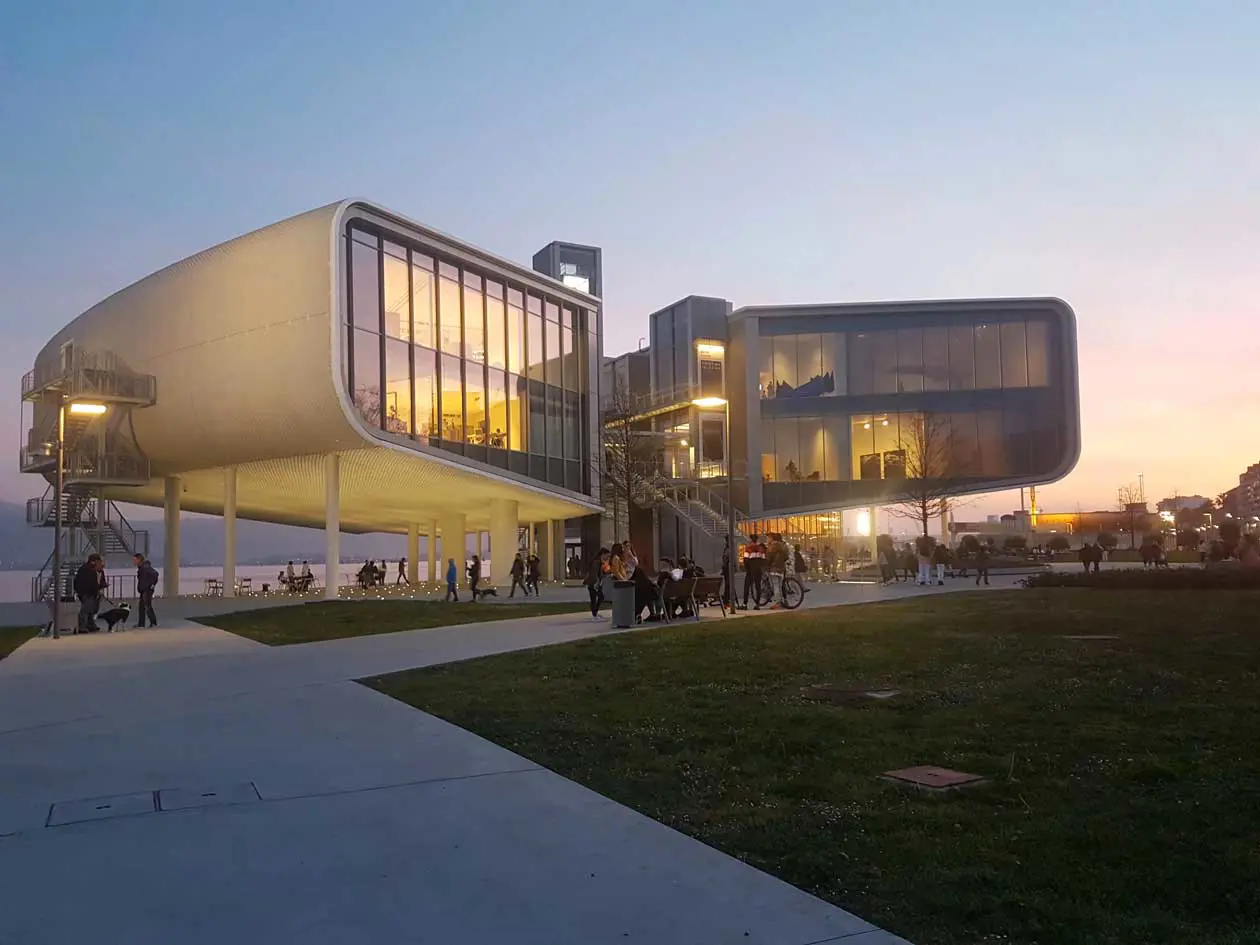
Excursions in Santander
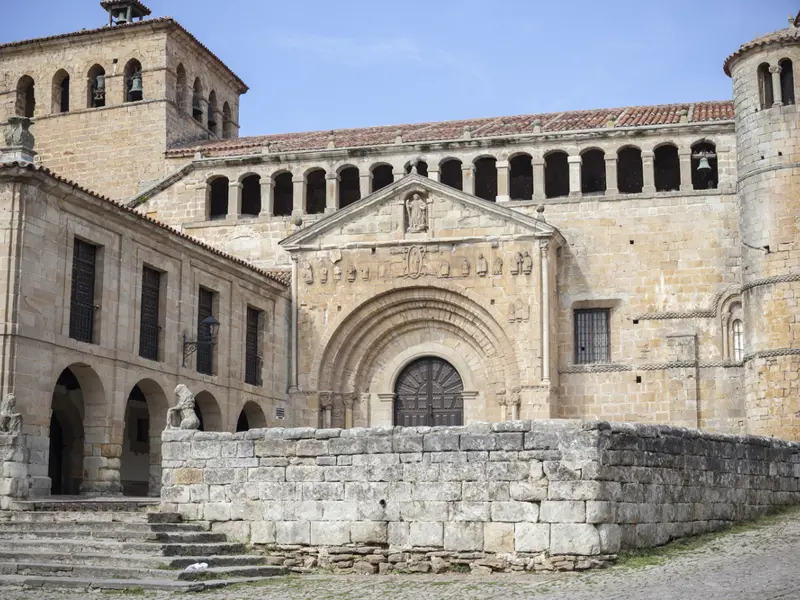
SANTILLANA
Santillana has a remarkable architectural heritage. For religious architecture, visit the Collegiate Church of Santa Juliana, around which the city developed. Towards the 8th and 9th centuries a first monastery was founded which received the relics of Santa Juliana, from which the name of Santillana derives. Most of the building is in Romanesque style, although there are Renaissance and Baroque additions.
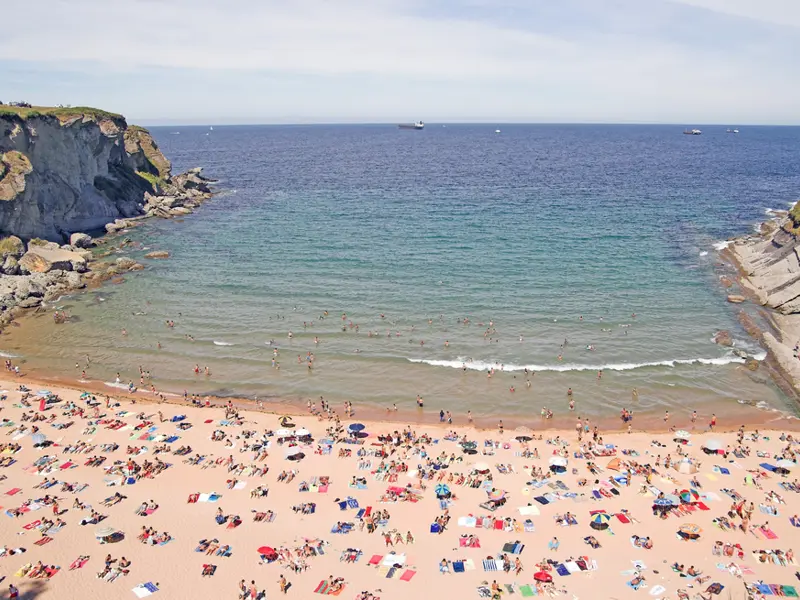
MATALENAS
The Matalenas is one of the most beautiful beaches in Cantabria. To get to this beach you have to go down some steps off the promenade. The sand is fine and white, with absolutely crystal-clear water. The walk has beautiful views of the Peninsula of Magdalena you can see Cape Ajo. It lies well inland and is sheltered from the wind. There is also a lifeguard service.
Partnership with GetYourGuide
Discover all tours
You might be interested in
Other destinations
Airports nearby Santander


